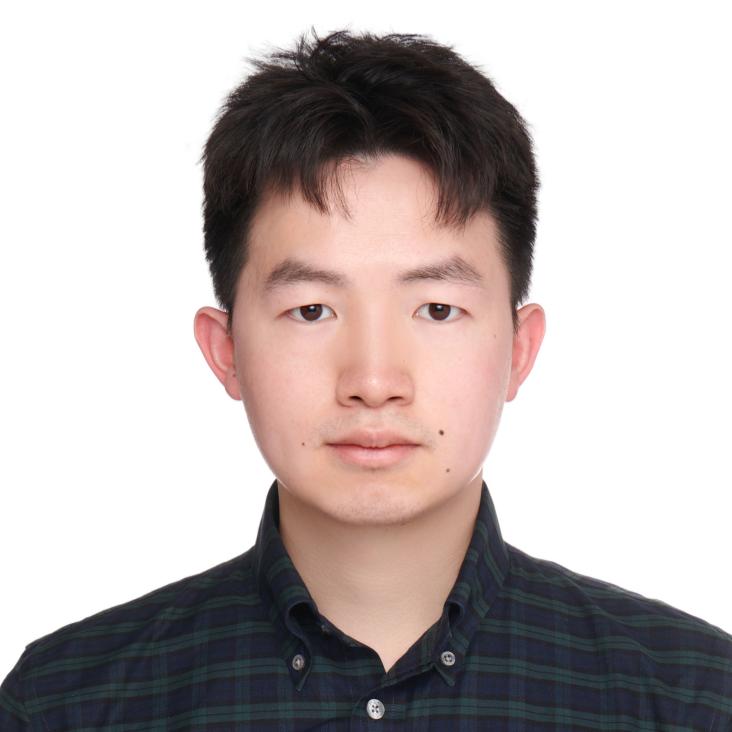The Importance of Conserving the Stoichiometry of Wide-Bandgap Perovskites in Additive Engineering
ACS Applied Energy Materials American Chemical Society 8:19 (2025) 14486-14497
Abstract:
Additive engineering is among the most commonly used strategies to enhance the performance and stability of perovskite solar cells. Prior research often focused on optimizing device performance by using additives in the perovskite precursor solution to influence the rate of crystallization and film formation, but a fundamental understanding of the effect of additives on the stoichiometry of the absorber remains elusive. In this study, we reveal how additives affect the ABX3 stoichiometry of the perovskite absorber and its photovoltaic properties. We find that the solar cell performance of a wide-bandgap (1.77 eV) Cs0.2FA0.8Pb-(I0.6Br0.4)3 perovskite decreases when processed with either of two common additives, lead thiocyanate and lead chloride, because the additive disturbs the stoichiometry. Interestingly, the addition of excess formamidinium iodide (FAI) to the precursor solution can restore the initial ABX3 stoichiometry and fully recover the device performance. The excess of FAI that is required depends on whether the halide or pseudohalide additive is incorporated into the crystal lattice. Finally, we alter the stoichiometry of an additive-free perovskite absorber by inducing either an excess or a deficiency of FAI or lead iodide in the precursor and show that slight deviations from the ideal stoichiometry rapidly degrade the device performance. This work provides fundamental insights into the importance of bulk stoichiometry in perovskite absorbers and can serve as a basis for future rational additive engineering.Exposing binding-favourable facets of perovskites for tandem solar cells
Energy & Environmental Science Royal Society of Chemistry 18 (2025) 7680-7694
Abstract:
Improved understanding of heterojunction interfaces has enabled multijunction photovoltaic devices to achieve power conversion efficiencies that exceed the detailed-balance limit for single-junctions. For wide-bandgap perovskites, however, the pronounced energy loss across the heterojunctions of the active and charge transport layers impedes multijunction devices from reaching their full efficiency potential. Here we find that for polycrystalline perovskite films with mixed-halide compositions, the crystal termination—a factor influencing the reactivity and density of surface sites—plays a crucial role in interfacial passivation for wide-bandgap perovskites. We demonstrate that by templating the growth of polycrystalline perovskite films toward a preferred (100) facet, we can reduce the density of deep-level trap states and enhance the binding of modification ligands. This leads to a much-improved heterojunction interface, resulting in open-circuit voltages of 1.38 V for 1.77-eV single-junction perovskite solar cells. In addition, monolithic all-perovskite double-junction solar cells achieve open-circuit voltage values of up to 2.22 V, with maximum power point tracking efficiencies reaching 28.6% and 27.7% at 0.25 and 1.0 cm2 cell areas, respectively, along with improved operational and thermal stability at 85 °C. This work provides universally applicable insights into the crystalline facet-favourable surface modification of perovskite films, advancing their performance in optoelectronic applications.Exposing binding-favourable facets of perovskites for tandem solar cells
Royal Society of Chemistry (2025)
Abstract:
July 4, 2025Mercapto-functionalized scaffold improves perovskite buried interfaces for tandem photovoltaics
Nature Communications Springer Science and Business Media LLC 16:1 (2025) 4917
Resilience pathways for halide perovskite photovoltaics under temperature cycling
Nature Reviews Materials Springer Nature 10:7 (2025) 536-549


